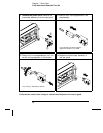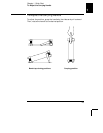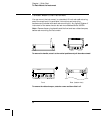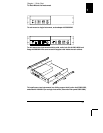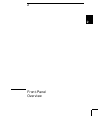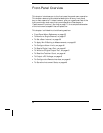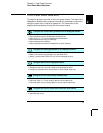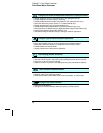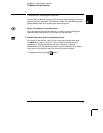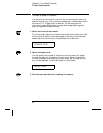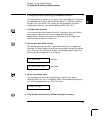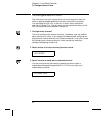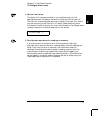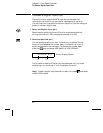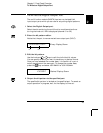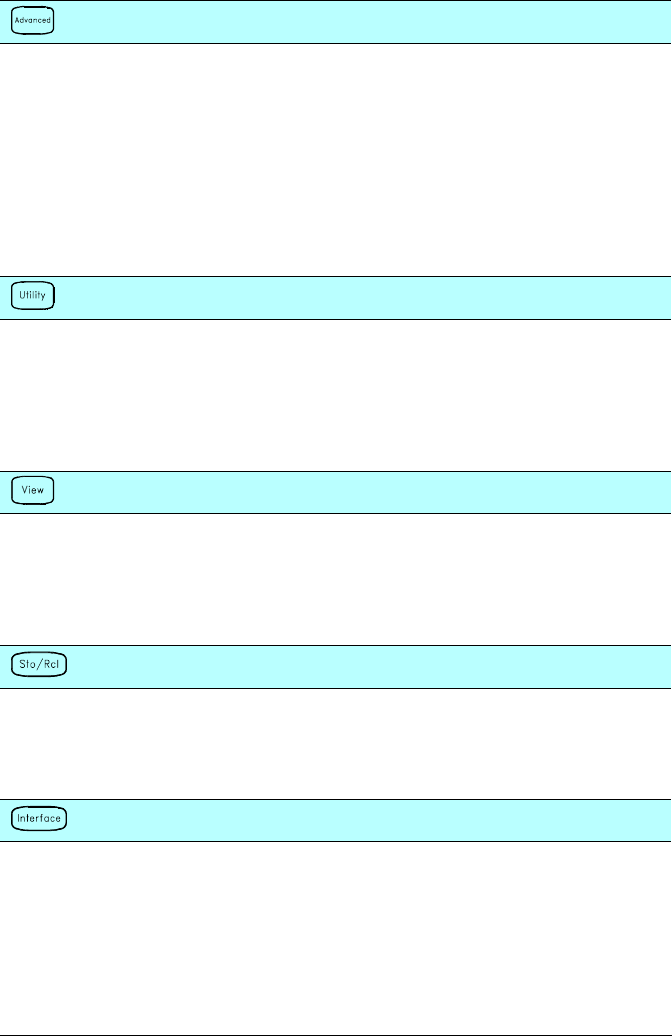
Configure the advanced measurement features on displayed channel.
• Set the integration time for measurements on the displayed channel.
• Set the channel-to-channel delay for scanning.
• Enable/disable the thermocouple check feature (T/C measurements only).
• Select the reference junction source (T/C measurements only).
• Set the low frequency limit (ac measurements only).
• Enable/disable offset compensation (resistance measurements only).
• Select the binary or decimal mode for digital operations (digital input/output only).
• Configure the totalizer reset mode (totalizer only).
• Select which edge is detected (rising or falling) for totalizer operations.
Configure system-related instrument parameters.
• Set the real-time system clock and calendar.
• Query the firmware revisions for the mainframe and installed modules.
• Select the instrument’s power-on configuration (last or factory reset).
• Enable/disable the internal DMM.
• Secure/unsecure the instrument for calibration.
View readings, alarms, and errors.
• View the last 100 scanned readings from memory (last, min, max, and average).
• View the first 20 alarms in the alarm queue (reading and time alarm occurred).
• View up to 10 errors in the error queue.
• Read the number of cycles for the displayed relay (relay maintenance feature).
Store and recall instrument states.
• Store up to five instrument states in non-volatile memory.
• Assign a name to each storage location.
• Recall stored states, power-down state, factory reset state, or preset state.
Configure the remote interface.
• Select the GPIB address.
• Configure the RS-232 interface (baud rate, parity, and flow control).
Chapter 2 Front-Panel Overview
Front-Panel Menu Reference
36



